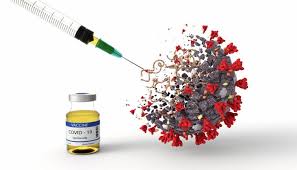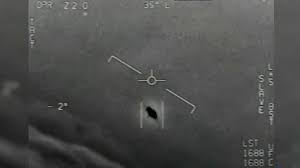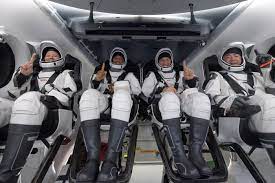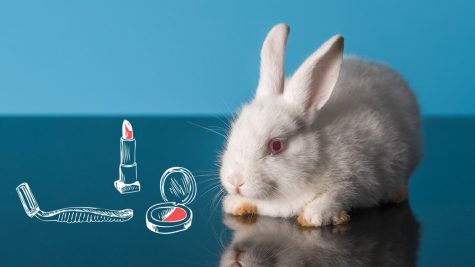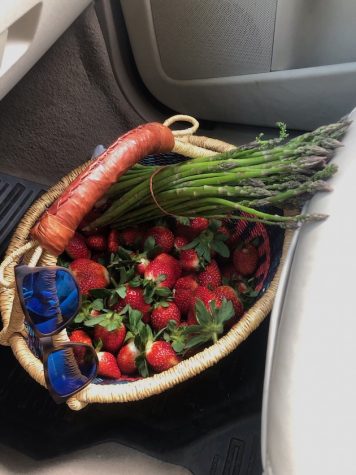Plastic Pollution
Do you know how much pollution there is?

An excavator on top of a landfill.
Plastic was not invented until the late 19th century. The word plastic originally meant easily shaped and pliable. Recently, it became a name for a group of materials called polymers. Polymers are made up of long chains of molecules. A very common natural polymer is cellulose but most plastics are synthetic. The first synthetic polymer was invented in 1869 by John Wesley Hyatt. Hyatt was inspired by a New York firm’s offer of $10,000 to anyone who could make a substitute for ivory. He treated a cellulose, which was derived from a cotton fiber, with camphor. Many people were fascinated because for the first time, they were not restricted by nature’s sources. At that time, they were using wood, metals, stone, etc. So inevitably, plastic would become popular. Tons of people kept creating new plastic, such as Leo Baekeland, who produced the first fully synthetic plastic. Now it has become an indepensable part of our lives.
As of March 2019, the current world population is 7.7 billion. The more people, the more plastic use. Everywhere people walk or drive, there is some sort of plastic lying on the ground. Whether it’s plastic bags, leftover cigarettes pieces, or even food wrappers, there is always just something floating around. Even if you don’t see it, there are still micro plastics, which are made from the breaking down of larger plastics. These micro plastics are floating everywhere in the ocean, harming marine life, such as small fish. These small fish mistake the micro plastics for plankton because of their size.
Each year, approximately 18 billion pounds of plastic waste is drifted into the ocean every single year. According to National Geographic, it’s equivalent to “five grocery bags of plastic trash on every foot of coastlines around the world”. Most of the plastic being thrown out is being produced for packaging. All the candy wrappers people throw away, that cute shirt ordered from some online website, or even just a simple granola bar for a snack. The University of California states that 161 million of tons of the plastic produced is from packaging, which is very true. However, there are some companies attempting to reduce in plastic packaging. For instance, Evian plans to use 100% recycled plastic by 2025. McDonald’s also plans on using paper straws in the U.K. and Iceland. Hopefully, McDonald’s all over the world would start using paper straws as well.



